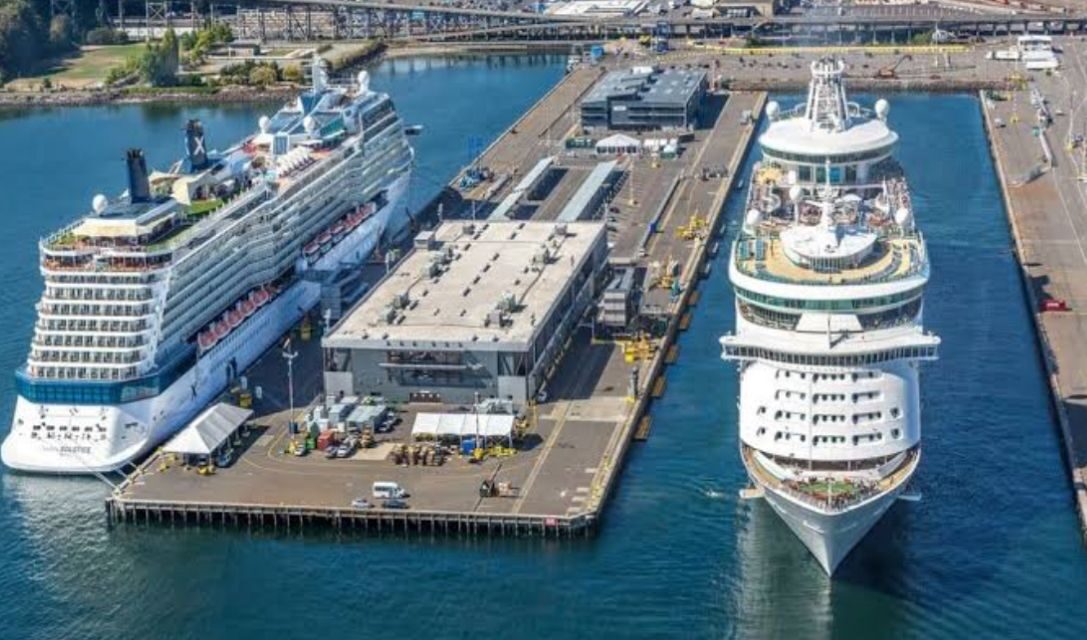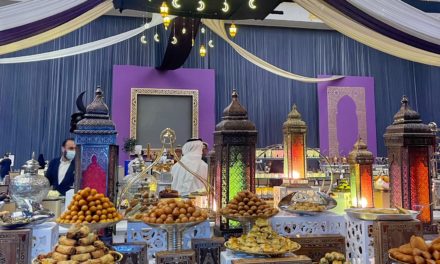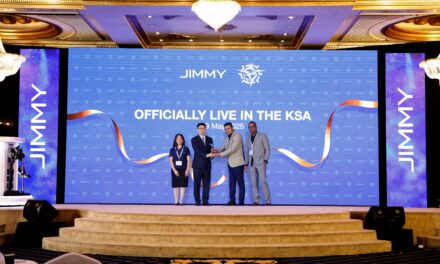On September 20, Prime Minister Narendra Modi inaugurated the Mumbai International Cruise Terminal (MICT) at Indira Dock, a landmark project that signals India’s grand entry into the world of cruise tourism.
As the largest facility dedicated to cruise tourism in India, MICT is designed to place Mumbai alongside iconic global cruise hubs such as Singapore, Dubai, and Miami.
In total, development projects worth more than $3.9 billion (₹34,200 crore) were inaugurated or launched during one of PM Modi’s recent visits to Gujarat, reinforcing the government’s focus on infrastructure, tourism and self-reliance.
Among these, the Mumbai International Cruise Terminal stands out as both a symbol of India’s maritime rise and an engine of growth for the blue economy.
* A gateway to the world
The MICT is not just another infrastructure project; it is a world-class gateway for domestic and international sea travel. Developed at a cost of $64 million (₹556 crore), the four-level (G+3) complex is capable of handling one million passengers annually, with the ability to accommodate nearly 10,000 travellers on a single day.
Its scale, efficiency, and design set new benchmarks for how India envisions its ports—not merely as transit hubs but as destinations in their own right.
* Passenger experience redefined
For passengers, the MICT offers a seamless travel experience from entry to embarkation. It has 72 check-in and immigration counters, a dedicated parking space for over 300 vehicles and its layout prioritises efficiency without compromising on comfort. The interiors carry a ceiling designed to mimic ocean waves, benches styled in wave motifs and expansive glass-panelled walls overlooking the Arabian Sea. These design elements not only enhance the visual appeal but also create an atmosphere of calm and anticipation for travellers about to set sail. With a blend of operational speed and aesthetic charm, the terminal transforms the routine of travel into an immersive experience.
* More than a port
What makes the Mumbai International Cruise Terminal stand apart is its vision to serve beyond cruise travellers. It has been designed as a space for locals and visitors alike. Public access areas will offer shopping, leisure and recreation, ensuring that the terminal remains vibrant year-round. By opening its doors to the public, the MICT embodies inclusivity. It is not only a symbol of India’s maritime prowess but also a new landmark for Mumbai—a place where citizens can connect with the sea, celebrate their city’s heritage and participate in a shared journey of growth.
1. Cruise Bharat Mission and the Blue Economy
The Mumbai International Cruise Terminal forms a central pillar of the government’s ambitious “Cruise Bharat Mission.” This mission aims to revolutionise cruise tourism by expanding options across oceans, rivers and island circuits, thereby unlocking new destinations for both domestic and international travellers.
* A reflection of self-reliance
In his address at Bhavnagar, Gujarat, Prime Minister Modi reiterated that India’s greatest strength lies in its self-reliance, not in dependence on external powers. The inauguration of MICT epitomises this philosophy. It stands as proof that India can conceive, design and deliver world-class projects that compete with the best in the world.
* A cultural and tourism asset
Beyond its logistical strengths, the Mumbai International Cruise Terminal is poised to become a cultural and tourism icon. As a point of entry for international visitors, it presents Mumbai—and by extension, India—as a destination that values beauty, efficiency and hospitality. It is a space where tradition meets innovation, where travellers embark not only on cruises but on a journey through India’s evolving identity as a global power.
* Sailing into the future
The inauguration of the Mumbai International Cruise Terminal is a turning point for India’s maritime journey. It embodies the government’s commitment to infrastructure-led growth, showcases the country’s rising global stature and offers tangible benefits through job creation, tourism growth, and expanded trade. It also reflects a deeper philosophy: that ports are not merely logistical nodes but engines of culture, commerce and connectivity.
Mumbai, long known as the gateway to India, is now poised to become the gateway of South Asia’s cruise tourism. The MICT is not simply a project—it is a vision anchored in India’s maritime history and sailing into its global future.
With unmatched capacity, world-class amenities, and alignment with the Cruise Bharat Mission, the Mumbai International Cruise Terminal is set to redefine India’s place on the global cruise map.






